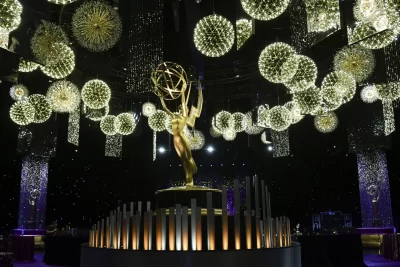
The fate of the mounted lion, tiger, polar bear and gorilla that have long greeted visitors entering South Dakota’s largest zoo is grim after arsenic was found to be widespread in the taxidermy collection, creating a raging debate about whether the more than 150 animals should be destroyed.
Some locals who grew up around the menagerie, which used to fill a hardware store, are fighting the mayor and zoo officials to keep the collection, marshaling activism online and in the Sioux Falls City Council. They are buoyed by experts who say the arsenic risk is overblown, the mounts nothing short of art.
“They’re not stuffed animals. These were sculptures,” said John Janelli, a former president of the National Taxidermists Association, likening destroying them to scraping off the ceiling of the Sistine Chapel.
“Just don’t lick the taxidermy,” says Fran Ritchie, the chair of the conservation committee of the Society for the Preservation of Natural History Collections. “You’ll be fine.”
But for Sioux Falls, there is “there is no acceptable level of risk when you are dealing with a known carcinogen,” City Attorney Dave Pfeifle told reporters last week.
The mayor and zoo officials believe reason and safety are on their side. But even if they can convince the town to get rid of the animals, they’ll have to navigate a web of federal and state laws to do so.
The Endangered Species Act protects animals even in death, so the collection can’t be sold. Under federal law, they could be given to another museum. But state law stipulates that exhibits like this must remain within the state.
It wasn’t this messy 80 years ago when a Sioux Falls businessman embarked upon a series of international hunting expeditions chronicled in his eponymous book, “A True Safari Hunter: Henry Brockhouse.”
“For walrus, you have to go out and travel the sea. If you see a head poppin’— one or two miles away — wherever it may be, you start shootin,’” one passage reads.
He proudly displayed some of his prize kills at his West Sioux Hardware store. But by the time he died in 1978, international laws and the Endangered Species Act were cracking down. There was a growing concern that hunters were pushing some exotic animals to the brink of extinction.
When the hardware store closed, Brockhouse’s friend, C.J. Delbridge, snapped up the collection and donated it to the city. The natural history museum that bore Delbridge’s name opened in 1984. An African elephant that was mounted after Brockhouse’s death added to the display. China also donated a mounted giant panda.



